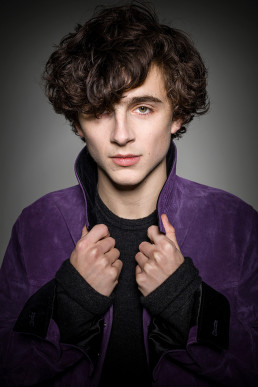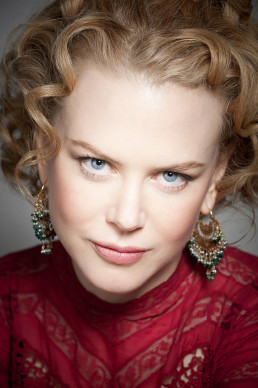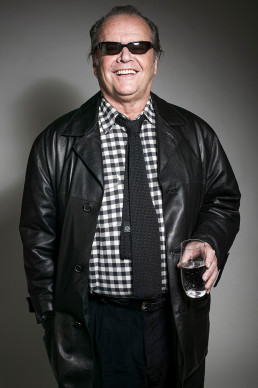Hollywood is a brand and a myth, for decades an illusion machine without equal, not only when the Oscars – or officially: the Academy Awards – are presented in spring. Thousands of Academy members then vote on the best films of the previous year. About a hundred years ago, the Ufa in Berlin had a comparable position and power. The three major European film festivals in Berlin, Cannes and Venice with their corresponding prizes in the various categories – depending on the city, they are known to be Golden and Silver Bears, Palms or Lions – create additional hype around the medium of film every year.
As is well known, many Hollywood celebrities have regularly attended the Berlinale. All of us have been to the Berlinale, some of us may have been on the Red Carpet, but none of us has met all the film stars in Berlin in recent years. None, with perhaps two exceptions: Dieter Kosslick, the long-time festival boss, and Gerhard Kassner, his on-site photographer. The latter was commissioned by the Berlinale management in 2003 to make an official portrait of the participating actors, directors, jurors, producers or other important people from the film business. In the following 17 years, Kassner took portraits of many Hollywood stars in a small backstage studio; usually he only had a few minutes to do so, sometimes with annoying or nervous agents breathing down his neck, before the stars moved on to the press conference and posed during the short photo call for the other press photographers.
In Kassner’s portraits, compared to such official shots, we sense a certain intimacy and often a special empathy of the Berlin photographer for his subject. As we know, the face is just as much an expression of a person’s individuality as their gestures. They are used sparingly here, but certainly pointedly. In Kassner’s exhibition “Hollywood Stars at the Berlinale” we meet George Clooney, Helen Mirren, Meryl Streep, Lindsay Lohan, Salma Hayek and many others. Helmut Newton has also photographed numerous Hollywood stars, sometimes the same ones, such as Charlotte Rampling, Nicole Kidman, Martin Scorsese, Isabelle Huppert, Jeff Bridges, Nicolas Cage and Jack Nicholsen; a few of these portraits are displayed on the first floor, as part of the Hollywood group exhibition, and invite us to compare the psychological description and self-representation of the portrayed in Kassner’s and Newton’s work.
The second-by-second recording times, here especially in Kassner’s series of images of Robin Williams and Nicole Kidman, transform the individual images into a kind of successive film strip. In this way, the cinematographic is conceived further with photographic means.
Gerhard Kassner has broken down the large illusionary spaces commonly created by cinema to a minimalist stage and an immediate human encounter. In portrait photography, an intuitive and intellectual trial of strength takes place, a kind of giving and taking. In some pictures, Kassner is also able to look behind the façade of professional coolness or arrogant attitude – in this way he transforms the normally so unapproachable and humanises them. He allows all the protagonists their individuality and at the same time space for self-dramatisation or role-playing, even if it is a convincing portrayal of openness and natural self-confidence. In doing so, he always succeeds in adding a new and unusual image, as free of clichés as possible, to the generally valid and familiar image of his counterpart. All this happens beyond art-theoretical discourses on the mimetic and the authentic, on identity and gender in today’s photography.
Only a few hours after the shooting, Kassner’s larger-than-life photographs are signed by the stars and temporarily installed on the walls of the Berlinale Palast – as a current document and artistic reference at the same time, in a presentation that changed daily. Almost 100 of these portraits are now being presented – parallel to the Hollywood group exhibition – in different picture formats in the project room of the Helmut Newton Foundation, some of them for the first time ever. This selection is only a small part of the more than 2,000 portraits Gerhard Kassner has taken during the Berlinale until 2019; thus an incomparable artistic inventory, indeed a historical document of national and international film history has been created. And with this portrait exhibition, the twin cities of Berlin and Los Angeles as well as the two, now somewhat unequal, film industries in Babelsberg and Hollywood are also connected en passant.
Matthias Harder


